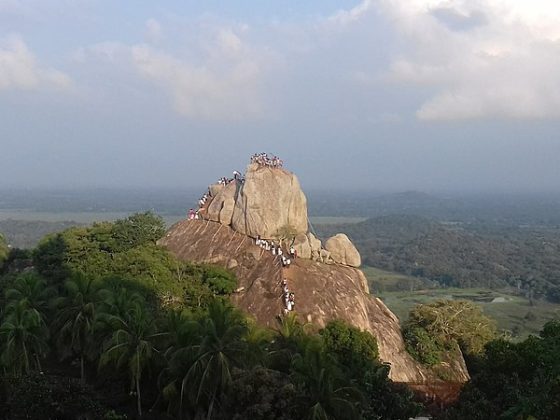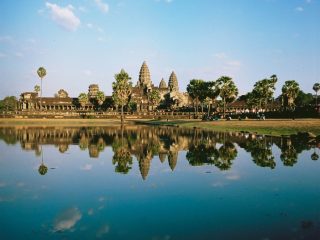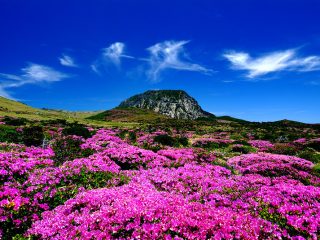Sigiriya is a site shrouded in mystery, as it is full of marvels that are quite inexplicable to this day. Unofficially dubbed the “8th Wonder of the World”, it used to be the haven of the controversial King Kasyapa. Discover the unique history and legacy behind this rock with this blog.
The Rise of Sigiriya
Sigiriya’s history can be traced to the fifth century AD when King Kasyapa selected it as the location of his new capital. The imposing rock served as a natural fortification, and the monarch sought to build an impenetrable fortress. He embellished the rock with wonderful frescoes, gardens, and elaborate water gardens, turning it into a walled palace because of its imposing aspect.
The Fall of the Stronghold
Despite its opulence and splendour, Sigiriya’s glory was short-lived. After the death of King Kasyapa, the fortress faced turbulent times and eventually fell into the hands of a new dynasty. The capital was moved to other regions, and Sigiriya was gradually abandoned and forgotten because, while it served its purpose of defence, it did little else as a strategic ruling location.
Rediscovery
Until the 19th century, when it was unearthed by British archaeologists, Sigiriya remained cloaked in mystery and concealed by the thick jungle. The value of the location in terms of history and culture was recognized right away, and in 1982 it received the UNESCO World Heritage designation.
What to do at Sigiriya

Today, Sigiriya stands as a remarkable archaeological site and a window into Sri Lanka’s past. Travellers from all over the world come and stay at properties such as Hotel Sigiriya Sri Lanka to visit and marvel at the ancient ingenuity and architectural brilliance that went into creating this abandoned rock fortress. There are many places to visit in Sigiriya, with incredible gardens with man-made lakes, the famous Sigiriya frescoes, and ancient structures such as two giant lion paws flanking the stairs at the entrance of the rock.











